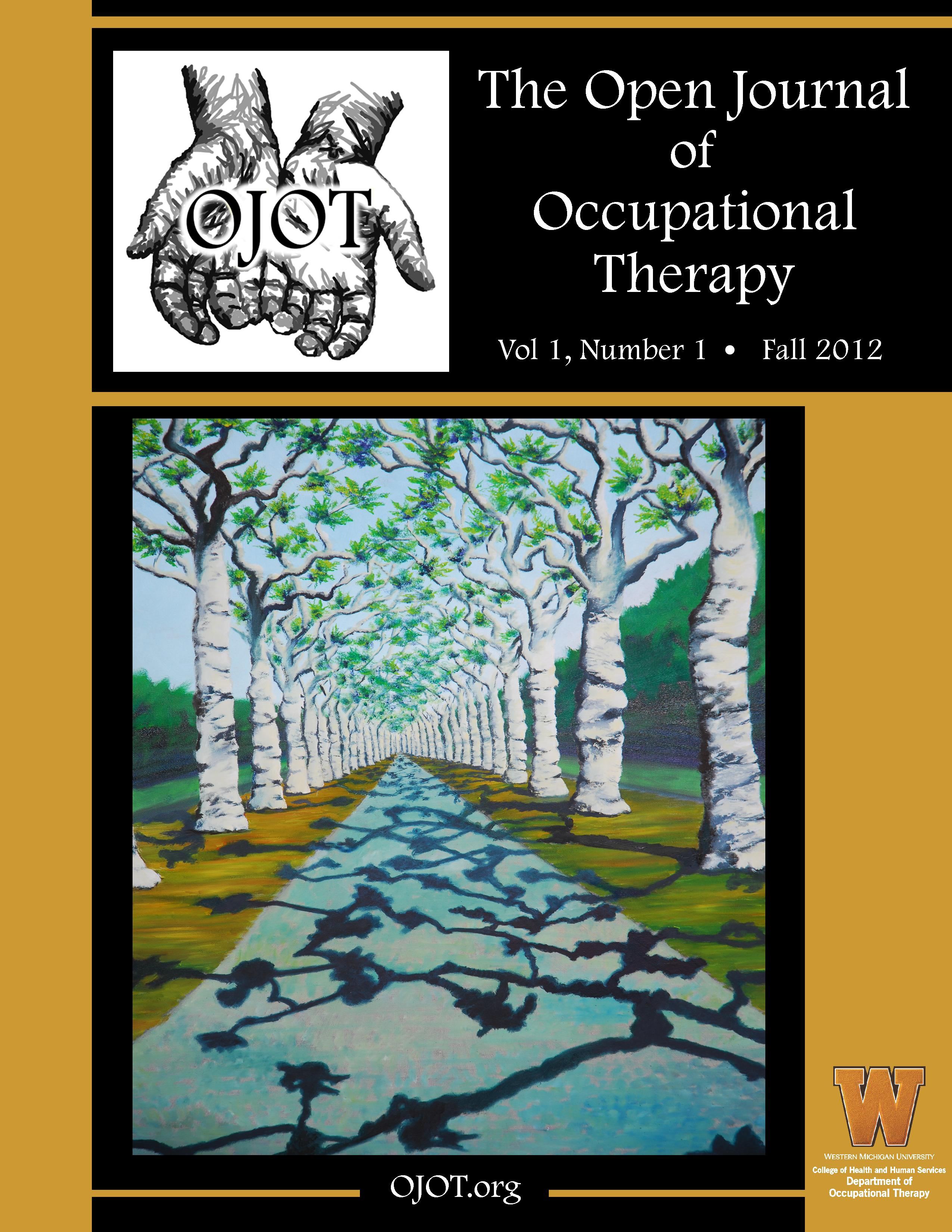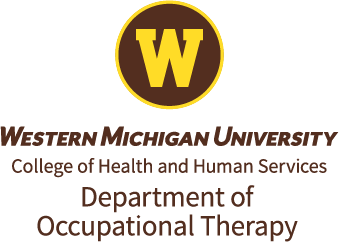ScholarWorks > HHS > OT > OJOT > Vol. 6 > Iss. 3 (2018)
Credentials Display
Cara E. Masselink, MS, OTR/L, ATP
Abstract
The Occupational Therapy Practice Framework, 3rd edition (2014), presents an incomplete infrastructure of assistive technology’s role in occupational therapy. Assistive technology and device use is currently defined in “Preparatory methods” (AOTA, 2014, p. S29); however, this categorization presents conflicting information to readers. This article aims to analyze assistive technology in the definition logic rules of precision and parsimony. The classification scheme will be assessed in the logic rules of exclusivity and exhaustiveness. The results of the analysis guide the placement of assistive technology in the profession’s guiding document. This may protect coverage and reimbursement, the education of clinicians, and best practice methods. With a holistic vision and scientific knowledge of disability and issues affecting daily occupational engagement, occupational therapists are trained with the necessary skills to match the individual needs of the person with available assistive technology. The Occupational Therapy Practice Framework should also reflect the technological advancements relevant to practice today.
Recommended Citation
Masselink, C. E. (2018). Considering Technology in the Occupational Therapy Practice Framework. The Open Journal of Occupational Therapy, 6(3). https://doi.org/10.15453/2168-6408.1497



Comments
The author reports no conflicts of interest to disclose.